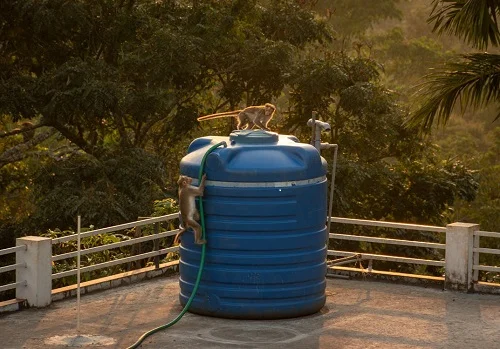Índice
A concrete septic tank is a crucial component of on-site sanitation systems in many areas, especially where public sewer systems are unavailable. These underground structures are designed to treat household wastewater before it is discharged into the environment. By separating solids from liquids, septic tanks play a vital role in wastewater treatment and protecting water quality.
The first step in installing a concrete septic tank is proper site preparation. This involves:

Concrete septic tanks come in various shapes and sizes, each designed to meet specific needs. Common types include:
A septic system consists of more than just a concrete septic tank. Other essential components include:
Regular septic tank maintenance is essential to ensure optimal performance and prevent costly repairs. Key maintenance tasks include:
One of the most common issues homeowners face with septic systems is slow drains. This can be caused by:
Solutions:
Another common problem is foul odors coming from the septic system. This can be caused by:
Solutions:
The size of your septic tank is crucial for its proper functioning. Factors to consider when choosing a tank size include:
A well-maintained septic system can significantly enhance the value of your property. Potential buyers are more likely to be interested in a property with a functioning and reliable septic system. On the other hand, a septic system in need of repair or replacement can negatively impact property value.
To maximize the value of your property:
Concrete septic tanks are a vital component of on-site sanitation systems. Their durability, efficiency, and cost-effectiveness make them a popular choice for many homeowners. By understanding the principles of septic system function and following proper maintenance practices, you can ensure that your septic system operates efficiently and protects the environment.

¡Muchas gracias!
Hemos recibido correctamente tus datos. En breve nos pondremos en contacto contigo.